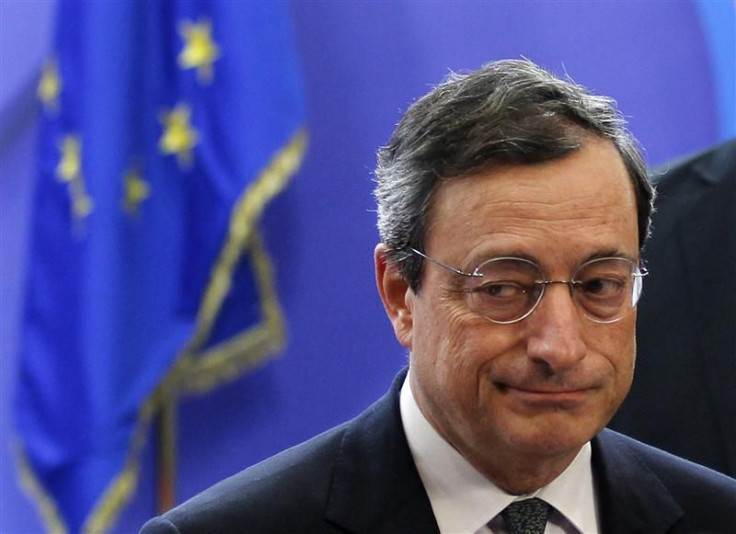Are We Moving Towards Coordinated Central Bank Easing?
OPINION

Tom Sowanick is co-president and chief investment officer at Omnivest Group in Princeton, N.J.
The G7 Finance Minister’s conference call on June 5, to discuss Europe’s financial crisis, may a precursor to a coordinated intervention by central banks.
Central bank official interest rates in the G7 currently range from a high of 1 percent to a zero bound. Movement to lower interest rates by the European Central Bank (ECB) or any other central bank within the G7 will likely have a temporary impact because of the overhang of fiscal austerity measures.
Over the last two weeks, global manufacturing PMI’s (Purchasing Manager’s Indices) have contracted, raising the specter that another round of central bank easing would occur. To wit, China and Australia both lowered interest rates this week. In the case of China, it was the first rate reduction since 2008. Easing by these two Central banks may have increased the likelihood that the U.S. Federal Reserve extends “operation twist” at the June 20th FOMC (Federal Open Market Committee) meeting.
Regardless, it is our view that without a stronger effort by the central banks -- in the form of a coordinated quantitative easing measure to correct the ailing European banking system -- the global economy (at best) will only limb along.
Perhaps the central banks should envision a European TARP (Troubled Asset Relief Program) or a coordinated LTRO (Long-Term Refinancing Operation) program where the cost is shared across G7 countries and/or invite the wealthy BRIC countries to participate.
It is becoming increasingly clear that central banks are being forced to take on an outsized share of the economic burden because of the conflict amongst fiscal policy-makers. This burden is simply too large for one central bank to carry. As a result, growth of the global economy is being restrained.
We are too intertwined to be able to have one country be the engine of global economic growth. Instead, we must adhere to a more centralized approach when fiscal and monetary policies are in conflict.
The problem today is the European banking system. It is incumbent upon global financial leaders to help resolve these banking issues. Central banks have the tools and the experience to respond effectively, if they choose to respond together.
With official interest rates close to zero, adopting various quantitative easing programs is the only answer. Isolated “operation twist” programs will not be sufficient, nor will a one-off QE3 (Quantitative Easing) effort.
It is time for Central banks to make a bold statement and work together in order to prevent a prolonged period of sub-par growth and income gains.
© Copyright IBTimes 2025. All rights reserved.





















